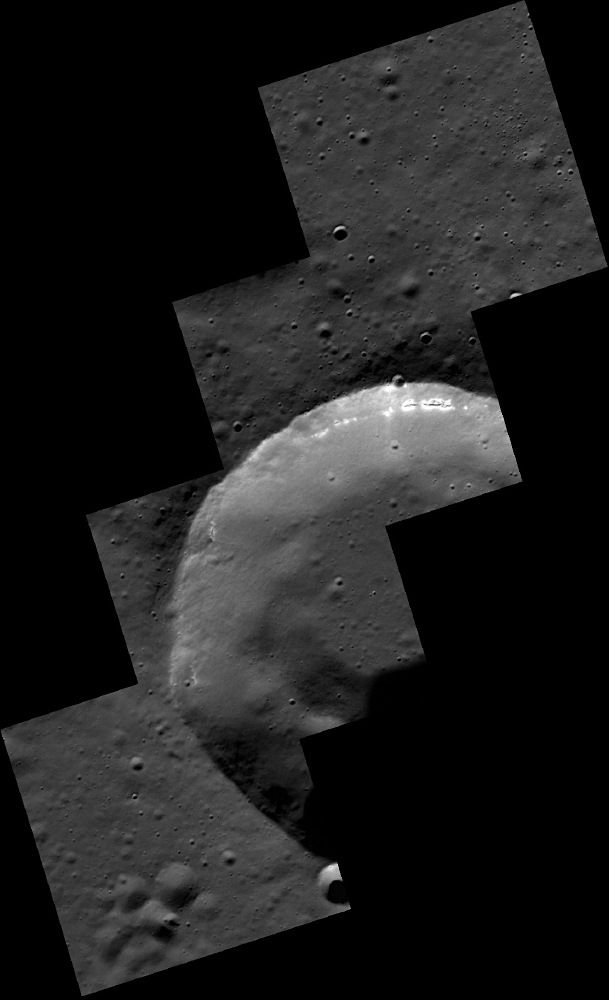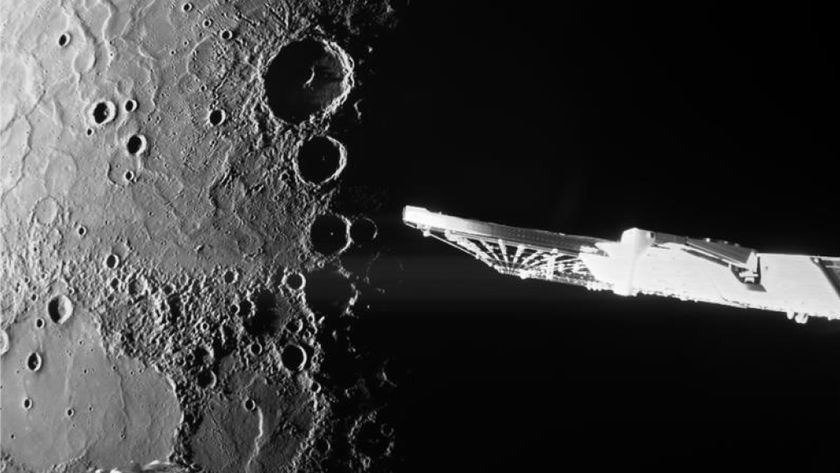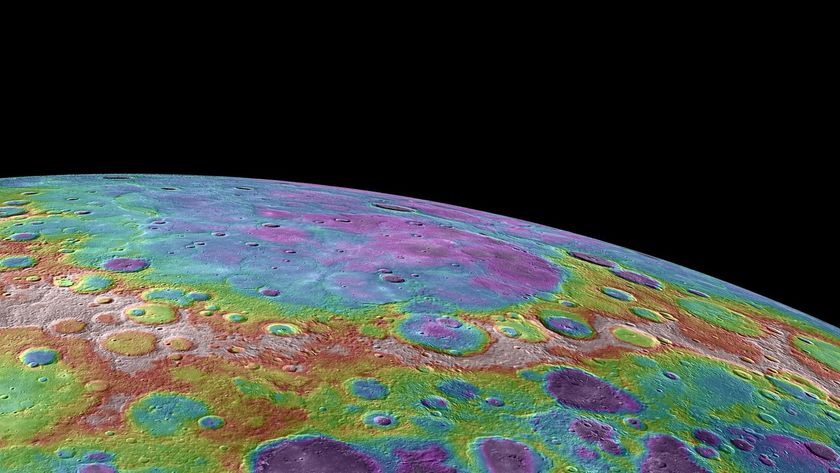NASA Spacecraft Snaps More than 200,000 Photos of Mercury (Image)

A probe orbiting Mercury has beamed more than 200,000 images to ground controllers on Earth, and it's still going strong.
NASA's MESSENGER spacecraft has been in orbit around Mercury since 2011. Originally, scientists only expected the probe to beam 1,000 or 2,000 images of Mercury home during the life of its mission, but the spacecraft surpassed that goal long ago.
"Returning over 200,000 images from orbit about Mercury is an impressive accomplishment for the mission, and one I've been personally counting down for the last few months," Johns Hopkins University Applied Physics Lab's Nancy Chabot, instrument scientist for the Mercury Dual Imaging System on MESSENGER, said in a statement. "However, I’m really more excited about the many thousands of images that are still in MESSENGER's future, especially those that we plan to acquire at low altitudes and will provide the highest resolution views yet of Mercury's surface."

Scientists with the MESSENGER mission created a four-image mosaic of a piece of Mercury's surface to commemorate the new milestone. The new image reveals hollows that might have formed in part of the wall of the 9-mile (15 kilometers) crater in the photo, MESSENGER officials said in a statement.
The probe is now in its second extended mission, flying closer to the surface of the planet than ever before, allowing researchers to get up-close views of Mercury with more precision than ever before.
"We have come an incredible way since the first mission proposal was submitted to NASA just over 17 years ago," said MESSENGER project scientist Ralph McNutt of APL in a statement. "Getting to launch and then to Mercury, flyby by flyby, and into orbital operations were incredible accomplishments — against all sorts of odds — and yet we are now, almost routinely, noting these statistics about the mission that has literally revealed an entirely new world to humanity."
Sign up for the Live Science daily newsletter now
Get the world’s most fascinating discoveries delivered straight to your inbox.
The $446 million MESSENGER mission (short for MErcury Surface, Space ENvironment, GEochemistry, and Ranging) launched to space in 2004. MESSENGER is the first spacecraft ever to orbit the innermost planet in the solar system, and is responsible for creating the first complete map of Mercury's surface. It is now in its second extended mission, set to last until 2015.
Follow Miriam Kramer @mirikramer and Google+. Follow us @Spacedotcom, Facebook and Google+. Original article on Space.com.













